Cold and flu season is officially upon us.
No matter how robust your immune system, how careful you are to avoid germs, how many flu shots you take… you will be exposed, and it’s only a matter of time before it brings you to your knees. A cold is an inconvenience at best and several weeks off of work or a visit to the hospital at worst.
So let’s do everything we can to avoid that, yeah? Especially if you are ever in contact with children: at a school, at home, in the store (via the dried snot left on your grocery cart as you arrive) the germs and viruses are everywhere, just waiting to attack.
 If you’re anything like me, you don’t love taking medicine. Not only are most over-the-counter and prescription meds made of yucky chemicals that aren’t good for you and stay in your tissues for years, they contain other baddies such as brain-toxic artificial colors and preservatives that we try to avoid in our food.
If you’re anything like me, you don’t love taking medicine. Not only are most over-the-counter and prescription meds made of yucky chemicals that aren’t good for you and stay in your tissues for years, they contain other baddies such as brain-toxic artificial colors and preservatives that we try to avoid in our food.
Do we really want exposure to those things while we’re sick?
 One remedy I found is elderberry syrup. Elderberry syrup is all natural: it’s made from berries! Its use goes back thousands of years and it’s very effective for both recovery and prevention of cold and flu viruses. It’s easy enough to find, but it’s more expensive than making it for yourself.
One remedy I found is elderberry syrup. Elderberry syrup is all natural: it’s made from berries! Its use goes back thousands of years and it’s very effective for both recovery and prevention of cold and flu viruses. It’s easy enough to find, but it’s more expensive than making it for yourself.
So I set out to make my own. And it was easy!
The best part is that it’s simple: you only need 3 ingredients, it’s super easy to make, it actually tastes really good, and it’s sweetened with raw honey (which is another cold remedy).

I love making this stuff in my VitaClay multi-cooker, because I let it soak in hot water for several hours. I know VitaClay is safe and won’t leach any chemicals or heavy metals into my elderberry syrup (because there is nothing to leach!)
Also I like to be able to steep the berries on “warm” because it only gets up to about 160 degrees and doesn’t boil anything–which is ideal for this process.
And I don’t have to leave anything simmering on the stove–I can let it steep in VitaClay for a few hours while I’m sleeping or out of the house!
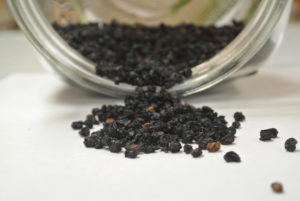
Ingredients for Elderberry Tincture:
- 1 cup dried elderberries (some people have elderberry trees… Lucky! Otherwise they’re on Amazon)
- 3 cups filtered water
- 2-3 Tablespoons raw honey, to taste
Directions to Make Your Own Elderberry Tincture:
- Put the water and the elderberries in the clay pot
- Set to “warm” overnight
- Strain off the berries and add in the honey, mixing it in while it’s still warm
- Refrigerate for up to 3 weeks
Note: If you want it to last longer, you can add a little bit of vodka, which discourages mold growth (even store-bought cough syrup has some alcohol in it, so it’s still safe for the little ones). If you don’t want to use alcohol, you could also use Raw Apple Cider Vinegar, which also discourages mold growth and is great for digestion and has lots of other benefits. You can add other herbs like elderberry flowers or rose hips for added nutrients and different flavors. Let us know how you like it!
You can drink it straight or add it to other juice or carbonated water. It really tastes quite good! Even kids will like it!
It also goes great added to ginger tea or Hot Toddy to warm you up and keep you from getting sick!
Read more about how to boost immunity and stay well during the winter:
Caught a chill? Take a Detox Bath!
Ginger Tea: Your New Best Friend (and Hot Toddy Recipe)
Plus: Watch “5 Top Ingredients to Add to Your Detox Bath“
New to Freedom & Coffee? Start here.
Disclosure: Many of the product links in this post are affiliate links, which means I will receive a small commission from any purchase. I only recommend products that I love and this is at no extra cost to you. Thank you for supporting our mission with your clicks!
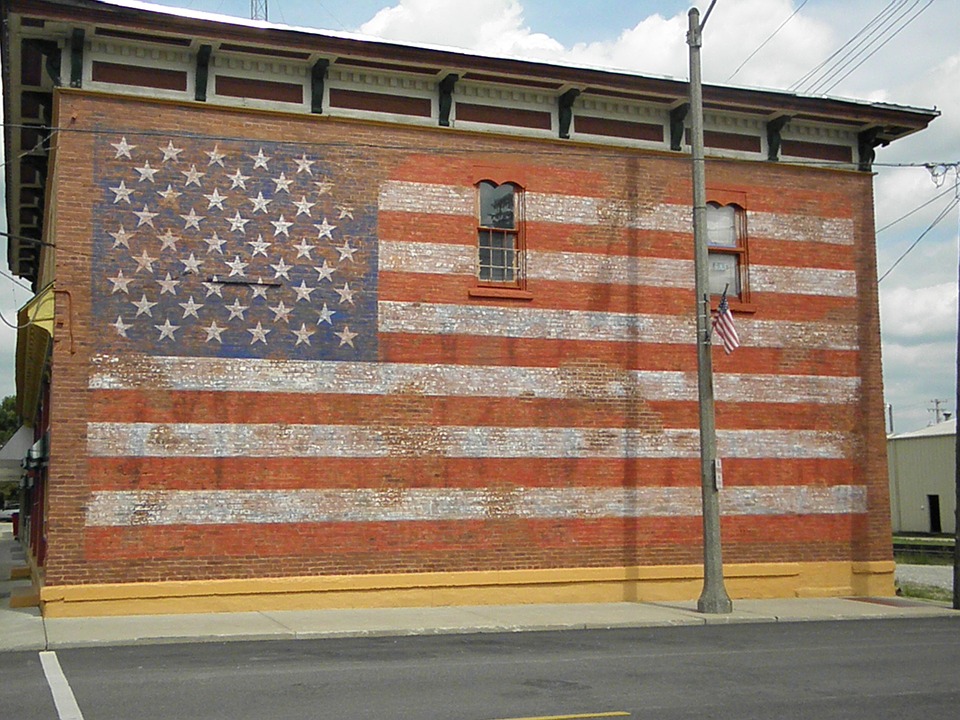














 She told me she makes it at home and uses regular coffee from the store. She loves to put a flavored non-dairy creamer in it every day, because it “tastes so good!”
She told me she makes it at home and uses regular coffee from the store. She loves to put a flavored non-dairy creamer in it every day, because it “tastes so good!”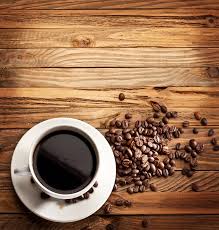

 Buy whole beans and a grinder.
Buy whole beans and a grinder.




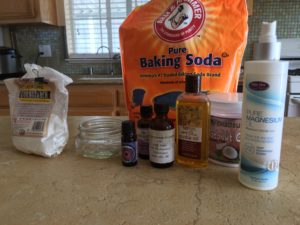
 *The magnesium oil, jojoba oil and essential oils are not completely necessary: the essential oils are for scent, and the jojoba/Vitamin E are soothing. I like to add the magnesium oil because it’s a great way to absorb more magnesium and it gives the deodorant a fluffier texture that I really like.
*The magnesium oil, jojoba oil and essential oils are not completely necessary: the essential oils are for scent, and the jojoba/Vitamin E are soothing. I like to add the magnesium oil because it’s a great way to absorb more magnesium and it gives the deodorant a fluffier texture that I really like. 

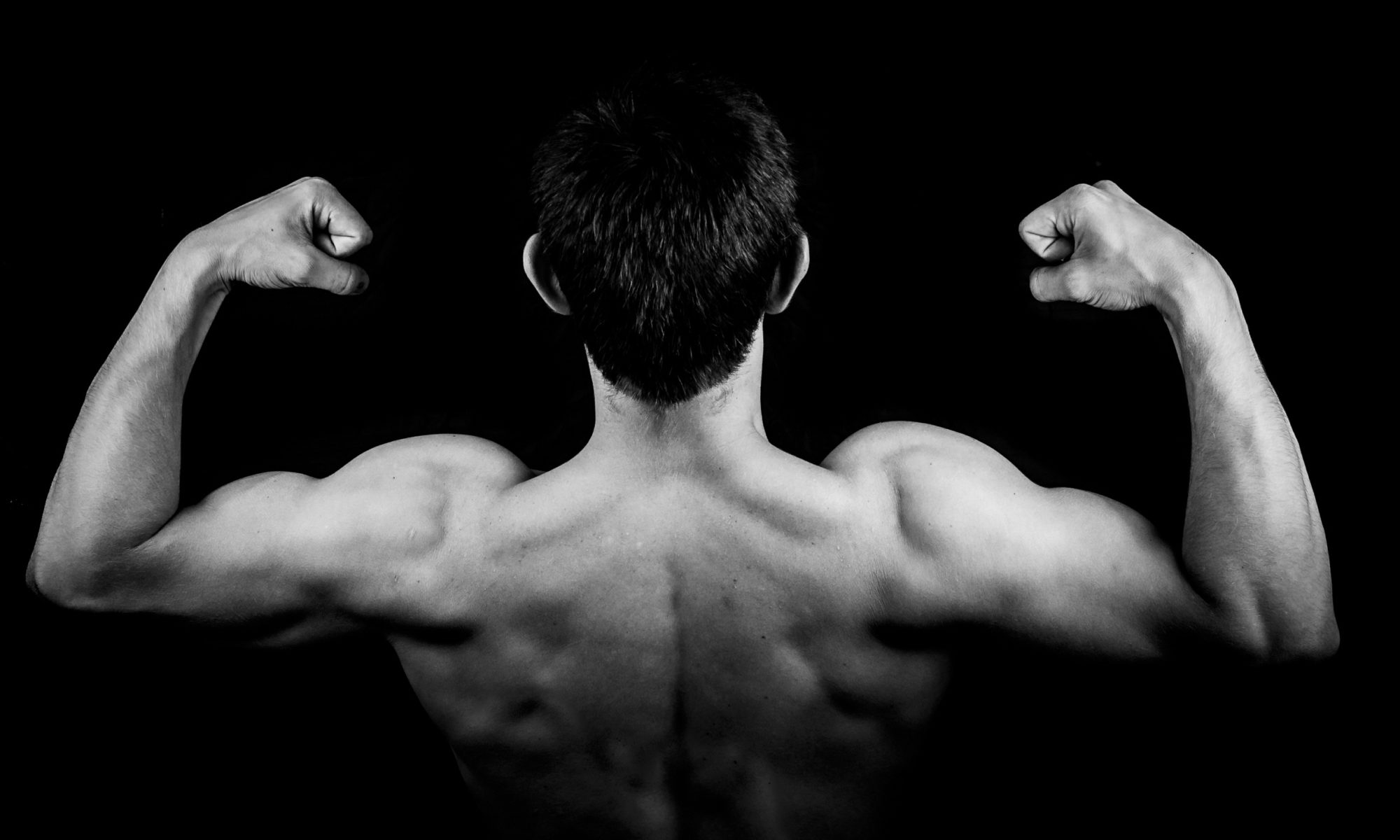

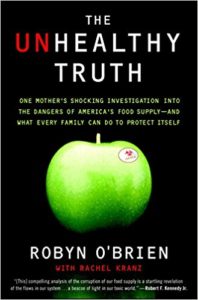

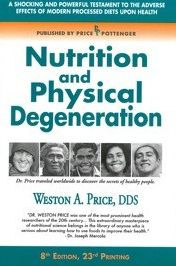
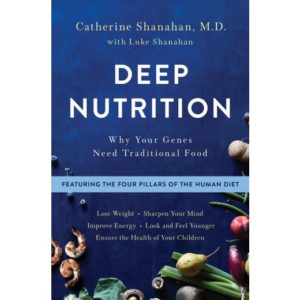




 In America we’re all about freedom.
In America we’re all about freedom.